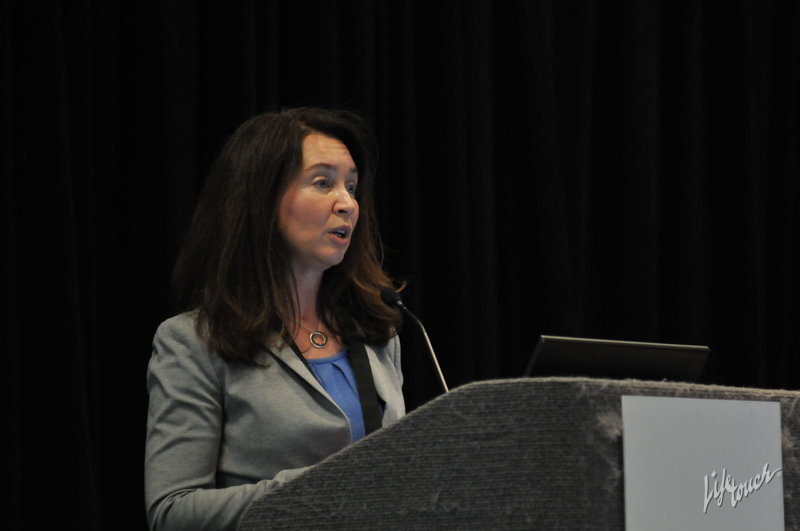When the end of the school year approaches, students eagerly await the start of their summer vacation. However, across the country, low-income students suffer from a lack of opportunities during their time off.
At an AASA conference session Friday on summer learning loss, Catherine Augustine, RAND Corp. senior policy researcher, shared some ideas for addressing this widespread need. Her session was titled Learning from the Summer: Effects of Voluntary Summer Learning Programs on Low-Income Urban Youth.
Augustine’s recommendations are based on a research study she conducted of voluntary summer programs funded by the Wallace Foundation. Those summer enrichment programs for underprivileged youth have been run in five urban school districts in Boston, Rochester, N.Y., Pittsburgh, Dallas and Duval County, Fla.
The study analyzed the attendance rate of students in the summers of 2013 and 2014. Though attendance dropped in 2014, Augustine explained that kids with attendance of 20 days or more performed better in school than students who did not attend summer programs.
RAND’s research found that summer enrichment needed to invest time into teaching core subjects to impact students. “We saw that if students had at least 25 hours of math instruction and 35 hours of language arts instruction in the summer, they were benefitting,” she said.
The summer programs only benefitted students who were regularly present. “High attendance and high educational instruction, that’s the combination that we identified in the study that makes a difference,” Augustine said.
Michael Hinojosa, superintendent of the Dallas, Texas, Independent School District, and Tommy Chang, superintendent in Boston, joined Augustine for her presentation. The superintendents explained how their summer programstrategies keep students interested.
“We have shifted from summer school to summer learning,” Chang said. “We want it to be fun. We want to make it fun for young people.”
Chang said finding partners to create enjoyable learning experiences for the students was top priority. He said the Boston Public Schools partnered with Courageous Sailing to give his students new academic adventures. “Imagine the black and brown youth in the city of Boston are sailing every single day in the Boston Harbor,” he said.
Hinojosa said programs helping low-income urban youth are essential to his district. In the 2016-17 school year, the Dallas Independent School District had 88 percent of its 157,000 students qualifying for free or reduced lunch. “Though Dallas is an economic hub, the students are poor,” Hinojosa said.
For Dallas’s summer programs, the superintendent ensured students were taught by the district’s best teachers. “We recruit those top rock star teachers, as described in the RAND report, to work with our summer opportunities,” he said.
Appealing enrichment activities spark regular attendance, Hinojosa said. “You have to keep them coming back. We found that robotics and STEM, the kids have really liked and embraced,” Hinojosa said. “But substantiality is huge going forward.”
(By Prinsey Walker, a sophomore at Xavier University in New Orleans)


